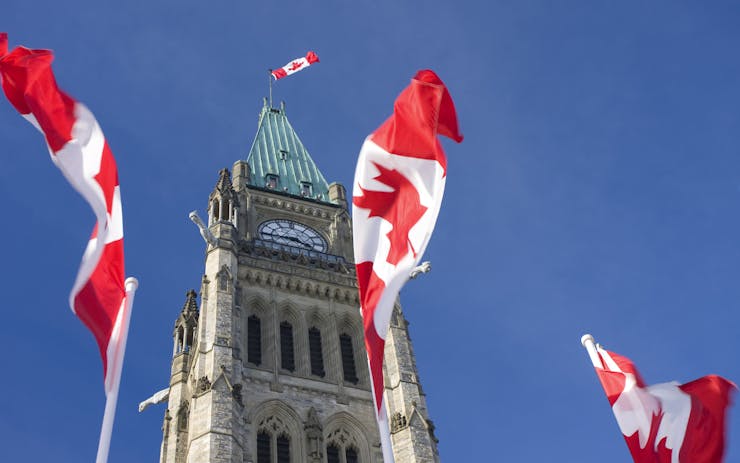Canada has made history, becoming the first G7 nation to federally legalize recreational cannabis. On Tuesday, 52 senators voted in favour of a motion to accept the Cannabis Act (Bill C-45) in the form it was submitted by the House of Commons the day before. Twenty-nine voted against the motion and two abstained.
The House of Commons rejected 13 of the Senate’s 45 amendments, including one giving provinces the right to ban home cultivation of cannabis.
“Cannabis Canada is thrilled that the Senate has approved C-45 and we can now, as a sector, move forward building a world class industry that brings incredible economic opportunity to our citizens while keeping recreational cannabis away from kids and profits away from organized crime,” said Allan Rewak, executive director of the industry association Cannabis Council of Canada.
On Monday, the House of Commons sent the bill to the Senate for the second time, stating that it had rejected outright 13 of the Senate’s 45 amendments to the landmark legislation, including one giving provinces the right to ban home cultivation of cannabis.
Senator Peter Harder responded by forwarding a motion to accept the government’s position, saying the Upper Chamber had been “on the thorough end of thorough” in examining Bill C-45.
The Trudeau government says that allowing Canadians to grow cannabis at home is essential in shutting down the illegal market, which is the stated goal of the Cannabis Act.
Quebec and Manitoba have already decided to prohibit home-grow and could now face legal challenges.
In addition to the amendment related to home growing, the House of Commons also rejected one amendment aimed at prohibiting pot producers from distributing branded merchandise and another one requiring a registry for shareholders involved in marijuana companies.
A Contentious Trek Through the Senate
Bill C-45 endured a bumpy ride through the Upper Chamber.
Indigenous senators had been vocal detractors of the bill. They said government officials had not adequately consulted with First Nations, Metis, and Inuit before introducing the legislation. Indigenous leaders have been lobbying for excise tax powers and a public health campaign to educate their young people. They also wanted a one-year delay in implementing the bill.
Their opposition prompted Indigenous Services Minister Jane Philpott and Health Minister Ginette Petitpas-Taylor to send a letter to them June 6, a day before the Senate’s first vote on the bill, assuring them that the government would conduct more consultations if the bill was passed. After that, Indigenous senators did not push for further revisions.
The Trudeau government couldn’t afford to lose the support of Indigenous senators given the staunch opposition to the bill among Conservative senators. The day before the vote, the Conservative leader in the senate, Larry Smith, slammed what he described as the Trudeau government’s “rush to legalize marijuana.” A few days earlier, Conservative Senator Denise Batters said Canada is not ready for legalization. Senator Tony Dean attributed much of the opposition to partisan politics.
“There has been political posturing since Day One. Conservatives on the Committee on Legal and Constitutional Affairs are determined to reduce the scope of the bill or delay it,” he told Leafly.
So…How Long Until Legal Recreational Cannabis Is a Physical Reality?
As for the Cannabis Act’s next steps: “We will likely have royal assent this week,” predicts Deepak Anand, vice-president of government relations for the consulting company Cannabis Compliance Inc. “Next Wednesday, we’ll see the finalized regulations, overseeing federal issues such as production.”
After that comes the Proclamation Date, which is the day the Cannabis Act becomes law. “This will happen eight to ten weeks after royal assent is given,” predicts Anand. “That means we’ll be able to consume recreational cannabis legally by September.”






